Old City Park’s mission is to provide a recreational space where visitors can connect with the past, inspire the future and celebrate Dallas’ rich diversity. As Dallas’s first and oldest park, the greenspace maintains a collection of historic buildings and furnishings as old as 1840. The park currently utilizes its space to educate and celebrate history, support local Cedars Artist Union artists through affordable studio space, park recreation and relaxation, agricultural development and research projects through East Dallas 4H, as well as serve as a venue for multiple events for adults and families year-round.
Our History
Old City Park and the land on which it sits has a long and rich connection with Dallas history. Site of many firsts, this piece of land became Dallas’s first city park in 1876. At the time, it was simply called City Park. The Cedars, an elegant neighborhood, home of many business and mercantile leaders, grew up around City Park in the 1880s and 1890s. The city’s first zoo was located here and weekly concerts were given in the bandstand similar to the one at the Park today. Browder Springs, which now flows underground, was the first water supply with a wooden water main carrying water to the young city. Turn-of-the-century maps show a large pavilion, fountain, pump house, pond, and greenhouses. The greenhouses were open to the public during the day for touring.

After World War II, many people moved to the suburbs around Dallas and highways were built to get them in to the city for work. Interstate 30 cut the Cedars neighborhood off from downtown, leaving the neighborhood and the park in decline. The future of City Park looked dim until a group of women determined to save a historic plantation house from the wrecking ball offered the park a new role in the culture of Dallas. The ladies who rescued Millermore stored the disassembled pieces in a warehouse, and then called Ray Hubbard, president of the park board. He agreed with their idea to reconstruct the house in City Park, where it became the first of 21 buildings transported here to become a village. When Millermore opened here in 1969 the museum was called Old City Park. In 2022, Old City Park confirmed its commitment to education and recreation by opening its greenspace to the public free of admission, thanks to a generous grant from The Eugene McDermott Foundation.
